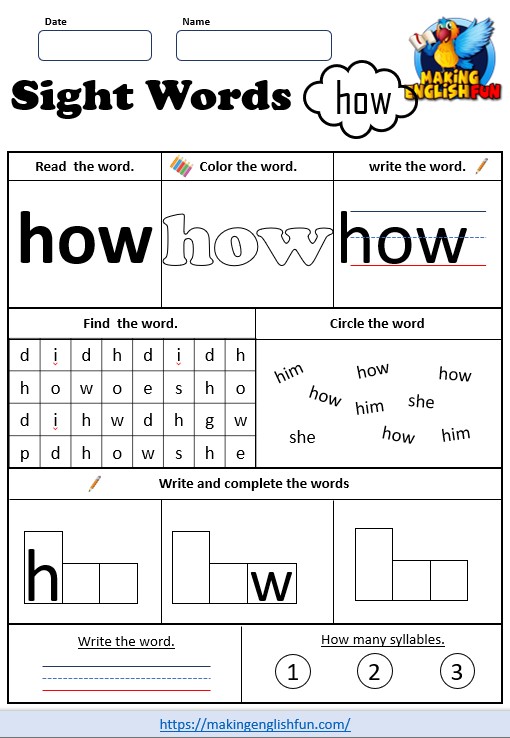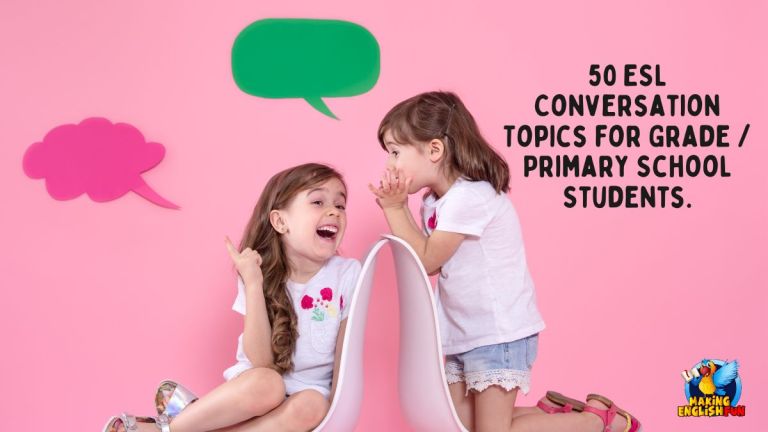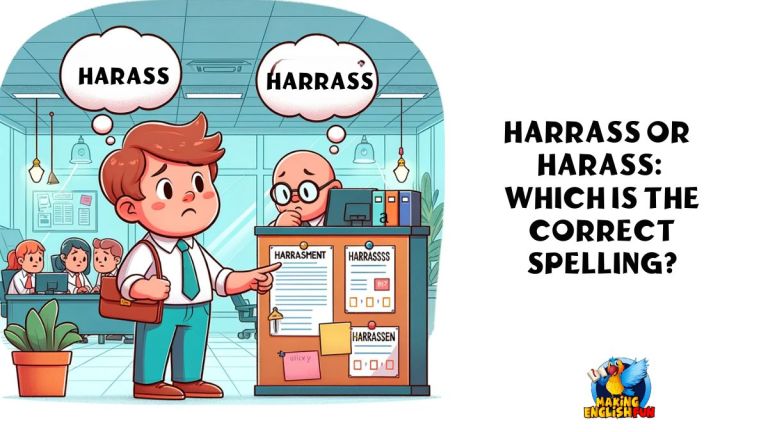Can A Diphthong Be A Digraph?
There is a distinction in the way we construct digraphs and diphthongs. In linguistics, the phrases digraph and diphthong relate to two separate concepts. In what ways are these two language concepts different from each other, and can a diphthong be a digraph?
Digraphs consist of two letters that spell the same sound. Diphthongs are vowel sounds formed by the combination of two consecutive vowel sounds. All vowel groups are digraphs, and some can be diphthongs. Vowel digraphs and consonant digraphs are the types of digraphs. Diphthongs are always vowels.
If you’ve wanted to learn more about these linguistic concepts and how to teach them to young learners, keep reading to find out all you need to know.
What Is The Difference Between A Diphthong And A Digraph?
A gliding vowel is another name for a diphthong. A diphthong is a syllable that requires the individual to generate two distinct sounds. Without a syllabic break, the person proceeds from one vowel sound to another. Gliding is the process of traveling from one vowel sound to the next.
The mouth shifts from one place to another when creating a diphthong sound.
In English, you produce most vowel sounds with the lips in a single posture, and it creates a single pure sound. These vowel sounds are called monophthongs. A diphthong is one vowel sound formed by combining two vowel sounds. Diphthongs begin with one vowel sound and progress to another.
A digraph is two letters that spell the same sound. The crucial thing is that a digraph consists of two letters, and while the letters spell out a sound, the digraph consists of the two letters, not the sound.
You can divide digraphs into two individual categories. Vowel and consonant digraphs, to be specific. The pair of letters, or their combination, produces a single sound in both consonant and vowel digraphs.
The mouth moves to one position when creating a digraph sound.
The main difference between these two linguistical concepts is that a digraph is made up of two letters (either vowels or consonants) that work together to make a single sound. In contrast, a diphthong is made up of two vowel sounds.
How To Remember The Difference Between Diphthongs And Digraphs
The difference between digraphs and diphthongs is that digraphs are letters, and diphthongs are sounds. Each word’s morphemes (meaningful word components) assist us in remembering its meaning.
Both words are derived from Greek. In both terms, the initial morpheme “di” denotes “two.” The morpheme “phthong” means “sound,” hence the word diphthong refers to a two-part sound. You will never confuse words again if you understand the meaning of the morphemes.
Should Digraphs Or Diphthongs Be Taught First?
There are building blocks similar to those used in math when teaching phonics. To give pupils a firm foundation, certain stages should come before others. It would help if you tried to teach vowel digraphs first, followed by diphthongs.
Students learn short vowel words after learning letter sounds. You should teach blends after students understand short vowel words. Blends are a fine place for many first-graders to start, but some may need to start with the CVC words only.
After you’ve taught blends, you should move on to consonant digraphs. After that, teach long vowel words with a silent e. After children have mastered this technique, you will need to teach vowel digraphs, then diphthongs.
Strengthening your pupils’ phonics abilities will undoubtedly equip them to be better readers, spellers, and word decoders. While this is merely a suggestion, you are the best person to know your students. Because of your knowledge, you should always deliver teaching that you have tailored to their specific learning requirements.
Ways To Teach Diphthongs And Digraphs To Students In A Classroom
Of course, clear instruction is the ideal approach to teaching any phonological concept. In reality, there are numerous ways to achieve this in the classroom. Use whole-class, teacher-led activities or small, customized groups to teach.
Both vowel digraphs and diphthongs are commonly introduced in the first or second grade. However, this crucial skill may be practiced and improved at any primary level.
Make careful to utilize visual aids to assist kids in learning new words and word patterns when introducing vowel teams. For this, pocket charts with picture sorting are also a wonderful alternative.
Depending on what works best for your children, you can also use cut and sort worksheets to explain this idea. You can introduce diphthongs using the same techniques. Word lists and bingo games are excellent alternatives that children will enjoy playing over and over again.
Digraph and Diphthong resources
We have THOUSANDS of resources on the site that can be downloaded for free, or more premium versions in the shop. We can only offer a selection here below as there are simply too many. We have games, worksheets, activities and more. You can access these all buy click the button just below.
however as as example here are some ideas.
Ways To Teach Diphthongs And Digraphs To Students In A Virtual Setting
While every teacher likes interactive, hands-on learning, considering the quantity of at-home learning that is now going place, this isn’t an option for everyone. With the development of digital learning in the classroom, most educators searched for something to utilize in their Google Classrooms. Still, they couldn’t find anything that offered the diverse activities they desired for their learners.
Here are some ideas for teaching diphthongs and digraphs using virtual platforms such as Zoom.
- Design letter tiles on the virtual whiteboard for constructing words
- Word-to-picture correspondence games
- Give examples using words with missing letters
- Get the class to use word tiles to construct sentences
- Crossword puzzles with word families
- Word and image puzzles that are scrambled
- Word sorting games
- Make fun word searches
We also have a large selection of online games to play which you can access below.
Conclusion
In digraphs, two letters spell out the same sound. A diphthong is a combination of two consecutive vowel sounds. The vowel groups are all digraphs, and some of them can be diphthongs. Digraphs consist of vowel digraphs and consonant digraphs. A diphthong is always a vowel pair.
In conclusion, this post covered the distinctions between digraphs and diphthongs and teaching techniques and resources for phonics in a digital or hybrid context. Now that you have read this informative article, you should have everything you need to understand, teach and solidify these concepts in your studies or in a classroom with students.
References
https://www.differencebetween.com/difference-between-digraph-and-vs-diphthong/
https://dictionary.cambridge.org/dictionary/english/diphthong







One Comment